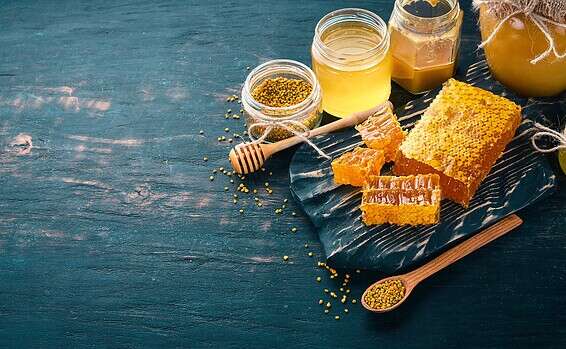No nuclear tests have been conducted in the United States for many decades, but the results of a study conducted on the subject present a particularly alarming conclusion.
Honey jar (illustration)
Photo:
Getty Images
For many decades there have been no atomic explosions in the world, not at least visible ones, but it turns out that despite the many years that have passed, the nuclear fallout from those bombs and the same experiments has remained on the surface, and in particularly surprising places.
James Caste, a senior geologist at William and Mary College in the state of Virginia, asked his students for a simple request - bring food from home.
The reason?
Check for residues of active radioactive fallout.
The background to the study takes us back several decades to the 1950s and 1960s, the time when the US, Russia and other countries blew up hundreds of nuclear bombs that scattered the radioactive element "cesium". The substance instead of potassium.
The students did bring a variety of foods to the professor's laboratory and they probably hoped that the fear would be dispelled and that no radioactive material would be found in the food they brought from the refrigerator in their home.
The test found a jar of honey from North Carolina that contained 100 times more radiation than other products.
This surprising result led the researcher to collect 122 raw honey samples from lots of areas throughout the eastern United States, the same areas where nuclear tests have been done over the years.
The test found that half of the samples were 0.03 per carl (the unit in which the intensity of the radiation is measured) per kilogram, and in a more frightening formulation: 870,000 atoms of nuclear cesium per teaspoon of honey.
The sample with the highest results came from Florida, where one of the tests found 19.1 in per kilogram of honey.
Of course, it is important to emphasize that those lessons are not life-threatening and in fact have no real impact on foods.
Beyond that, the US FDA allows eating foods that have been measured up to 112 in per kg.
"This study made me eat more honey than ever before because of the amount that came to my lab," the researcher said.







/cloudfront-eu-central-1.images.arcpublishing.com/prisa/KMEYMJKESBAZBE4MRBAM4TGHIQ.jpg)



